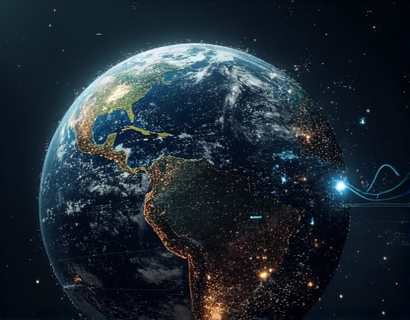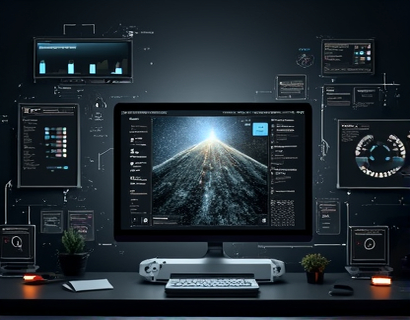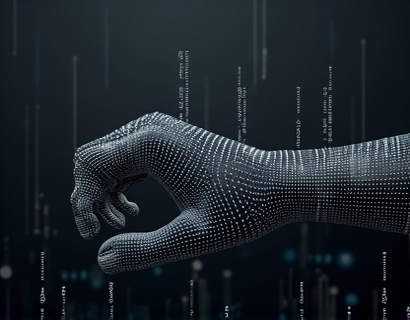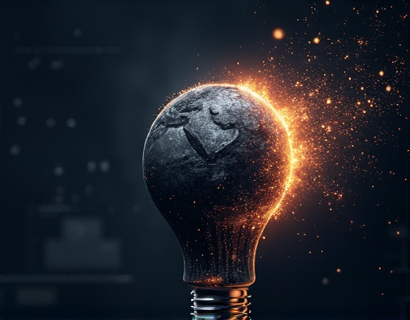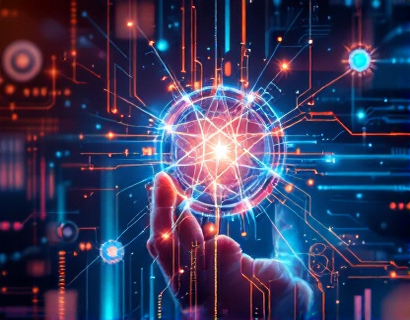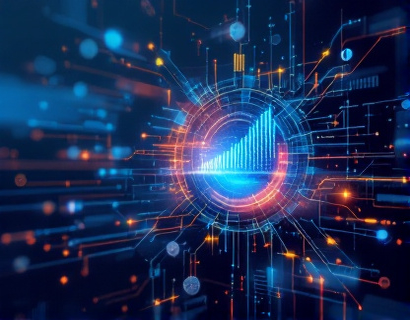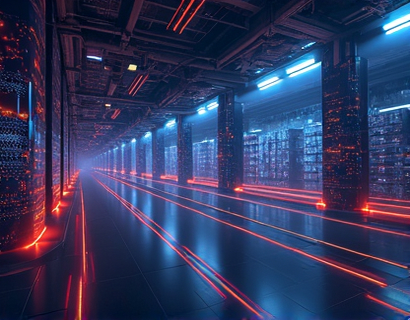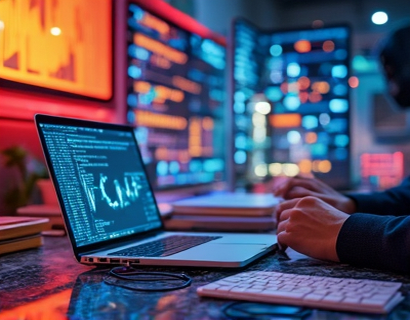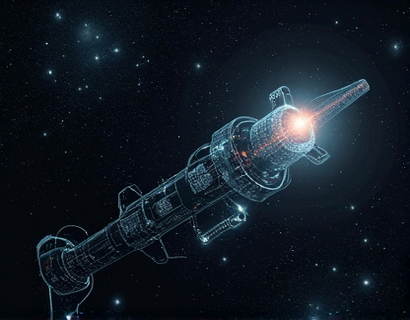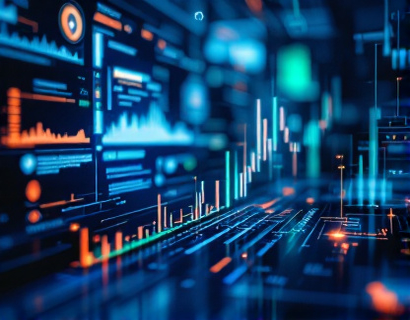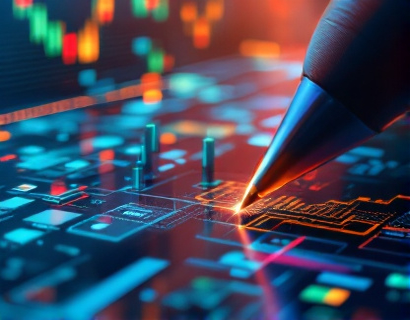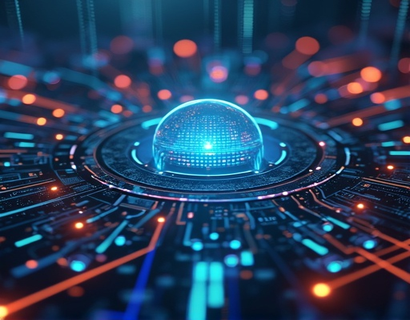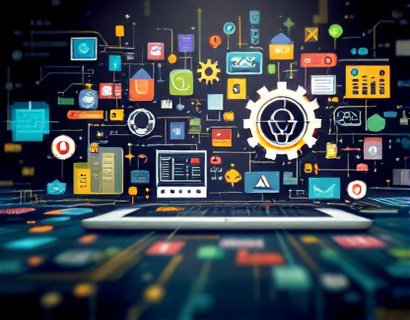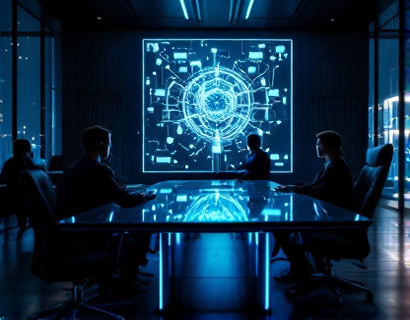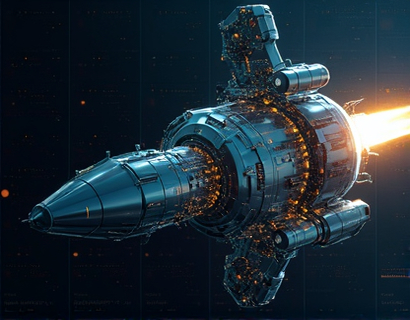Harnessing the Power of AI and Crypto: A New Era of Digital Transformation
The digital landscape is evolving at an unprecedented pace, driven by the convergence of artificial intelligence (AI) and cryptocurrency technologies. This synergy is not just a trend but a fundamental shift in how we approach digital transformation. For tech-savvy innovators and early adopters, understanding and leveraging these advanced technologies is crucial to staying ahead in a competitive market. This article delves into the intersection of AI and crypto, exploring how these powerful tools are reshaping the digital world and empowering innovators to create more robust, secure, and efficient online experiences.
Understanding AI and Crypto: The Basics
Before diving into the applications, it's essential to grasp the fundamentals of AI and cryptocurrency. Artificial intelligence refers to the simulation of human intelligence processes by machines, particularly computer systems. These processes include learning (the acquisition of information and rules for using it), reasoning (using rules to reach approximate or definite conclusions), and self-correction. On the other hand, cryptocurrency is a digital or virtual currency that uses cryptography for security, making it difficult to counterfeit. The most well-known cryptocurrency is Bitcoin, but thousands of others exist, each with unique features and use cases.
The Convergence of AI and Crypto
The combination of AI and cryptocurrency is creating a new paradigm in digital technology. AI can enhance the functionality and security of blockchain, the decentralized ledger technology that underpins cryptocurrencies. Conversely, the transparency and immutability of blockchain can provide a robust framework for AI systems to operate in a trustless environment. This convergence opens up a myriad of possibilities, from smart contracts that execute automatically based on AI-driven conditions to decentralized AI models that train and operate without central control.
Enhancing Security with AI-Driven Crypto Solutions
One of the most significant benefits of integrating AI with cryptocurrency is the enhancement of security measures. Traditional security protocols can be bypassed or compromised, but AI can detect and respond to threats in real-time. Machine learning algorithms can analyze vast amounts of data to identify patterns indicative of fraudulent activities, such as money laundering or hacking attempts. Smart contracts, when powered by AI, can include self-updating security protocols that adapt to new threats, ensuring that transactions remain secure and trustworthy.
Optimizing Blockchain Performance with AI
Blockchain technology, while revolutionary, faces challenges related to scalability and efficiency. AI can play a pivotal role in optimizing blockchain performance. For instance, AI algorithms can manage network resources more efficiently, balancing the load and reducing latency. They can also optimize consensus mechanisms, the process by which transactions are verified and added to the blockchain. By predicting network behavior and adjusting parameters in real-time, AI can significantly improve the speed and throughput of blockchain networks.
Decentralized AI: A New Frontier
Decentralized AI, or dAI, represents a groundbreaking approach where AI models are distributed across a network of nodes, similar to how data is managed in a blockchain. This decentralization eliminates the need for a central authority, reducing the risk of data breaches and ensuring greater privacy. dAI models can be trained collaboratively, with each node contributing to the overall learning process. This not only enhances the robustness of AI models but also makes them more resilient to attacks and failures.
AI-Powered Cryptocurrency Trading
The trading of cryptocurrencies is becoming increasingly sophisticated with the integration of AI. AI-driven trading platforms can analyze market data, news feeds, and social media sentiment to make informed trading decisions. These platforms use machine learning algorithms to identify trends, predict price movements, and execute trades with minimal human intervention. This not only increases the potential for higher returns but also reduces the emotional bias that often affects human traders.
Tokenization of Assets: A New Investment Paradigm
Tokenization, the process of converting rights to an asset into a digital token on a blockchain, is another area where AI and crypto converge. AI can enhance the tokenization process by providing detailed analysis of assets, identifying potential investment opportunities, and managing the token issuance and trading. This democratizes access to investments, allowing a broader range of individuals to participate in the market. AI-driven platforms can also ensure compliance with regulatory requirements, making the process more transparent and secure.
Supply Chain Management: Transparency and Efficiency
Supply chain management is another sector that stands to benefit greatly from the integration of AI and crypto. Blockchain provides a transparent and immutable record of transactions, while AI can optimize various aspects of the supply chain. For example, AI can predict demand more accurately, optimize inventory levels, and streamline logistics. Smart contracts can automate payments and ensure that all parties adhere to agreed-upon terms, reducing the risk of disputes and delays.
Enhancing User Experience through AI and Crypto
For innovators looking to enhance their online presence, the combination of AI and crypto offers powerful tools to create seamless and secure user experiences. AI-driven chatbots and virtual assistants can provide 24/7 customer support, handling queries and transactions with precision and speed. Cryptocurrency payments, secured and facilitated by AI, offer a fast and secure payment method, reducing the friction often associated with traditional payment systems. This not only improves user satisfaction but also builds trust and loyalty.
Case Studies: Real-World Applications
Several projects and platforms are already leveraging the synergy between AI and crypto to drive innovation. One notable example is a decentralized finance (DeFi) platform that uses AI to optimize lending and borrowing processes. By analyzing user data and market conditions, the platform can offer personalized loan terms and predict repayment risks, ensuring a more efficient and fair financial ecosystem. Another example is a supply chain management system that uses blockchain for transparency and AI for predictive analytics, significantly reducing costs and improving efficiency.
Challenges and Considerations
While the potential of AI and crypto is immense, there are challenges that must be addressed. Regulatory uncertainty remains a significant hurdle, as governments worldwide are still grappling with how to regulate these emerging technologies. Additionally, the technical complexity of integrating AI and crypto requires a skilled workforce, which can be a barrier for some organizations. Ensuring data privacy and security is also paramount, as the combination of these technologies can potentially expose sensitive information if not managed properly.
The Future of Digital Transformation
The future of digital transformation is undoubtedly intertwined with the advancements in AI and cryptocurrency. As these technologies continue to evolve, we can expect to see even more innovative applications that redefine how we interact with digital systems. For tech-savvy innovators, embracing this convergence is not just an option but a necessity to stay competitive and relevant. By leveraging AI and crypto, they can create more secure, efficient, and user-friendly digital experiences that drive meaningful change.
In conclusion, the integration of AI and cryptocurrency is not just a technological advancement but a transformative force that is reshaping the digital landscape. For those at the forefront of innovation, the opportunities are vast and the potential impact profound. By understanding and harnessing these powerful tools, innovators can lead the charge into a new era of digital transformation, where the boundaries of what is possible are constantly being pushed.




